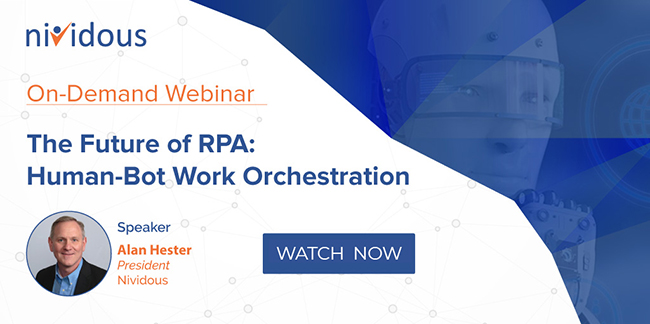Digital transformation requires companies to digitize end to end processes. There is no longer a question around ability of the Business Process Management (BPM) system to digitally transform processes. The BPM based digital process solutions deliver end to end visibility and agility that today’s businesses require. However, the question is: How long it takes and what is the effort required?
Organizations have hundreds of processes. And the BPM systems, being an invasive solution, require a lot of time and effort investment that is difficult to justify in one project. Major portions of the time and effort required in building BPM based solutions goes into creating new interfaces and integrations with the legacy systems.
The BPM systems have sufficiently evolved to allow business users to rapidly define the process model and make the process explicit. The ability to visually monitor a real-time process by itself delivers lot of value. BPM systems have the capability to drive these process models through events generated in underlying legacy systems or human actions.
Robotic Process Automation (RPA) systems allow quick automation of existing, inflexible user interfaces from legacy systems which are not easily accessed or integrated. This is especially useful to any company that uses labor on a large scale for general knowledge process work, where people are performing high-volume, highly transactional process functions. In addition, RPA is non-invasive (i.e. it doesn’t require any change in legacy systems/interfaces).
Combining RPA with BPM can significantly accelerate digital transformation. Certain steps of end to end business process can be performed by RPA robots, removing the requirement for a BPM system to integrate with existing legacy system or to build new interfaces.
So in other words,
- Visualize process in BPM and monitor in real-time
- Automate set of BPM process steps using RPA
- Enhance process using BPM
- Including replacement of RPA tasks with back-end integration in phased manner
